
If you possess battery packs for various applications such as toys, model airplanes, and electric tools, requiring charging across different configurations like 2S, 3S, and 6S, it is recommended to employ a balanced charging solution. A do-it-yourself (DIY) charging apparatus can be easily fashioned utilizing a traditional multi-port 5V1A charging adapter in conjunction with a 4056 module. While lacking a dedicated balance feature, this setup, upon individualized charging, ensures minimal voltage differentials among batteries, resulting in optimal performance and user satisfaction.
Materials Required:
l TP4056 charging module
l Huawei 5V1A charger (housing removed)
l 3010 cooling fan
l Silicone wire, PCB circuit board, and related components
Aligning with the dimensions of each constituent, design the casing and internal structure accordingly. The comprehensive dimensions are 11 cm × 13 cm × 4 cm.
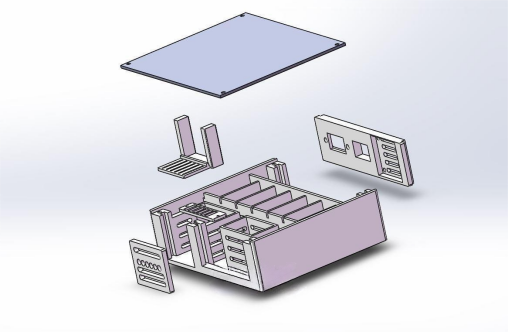
Utilize 1.5mm copper wire for parallel connectivity with the charging module.
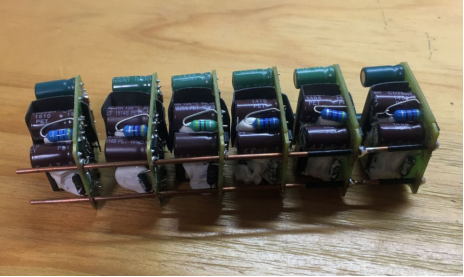
Optimize the LED system by transforming the surface mount LED into a dual-color variant for enhanced observability. Due to the thermal considerations during 4056 module charging, augment the system with a high-speed 3010 fan operating at 9000 RPM for efficient heat dissipation.
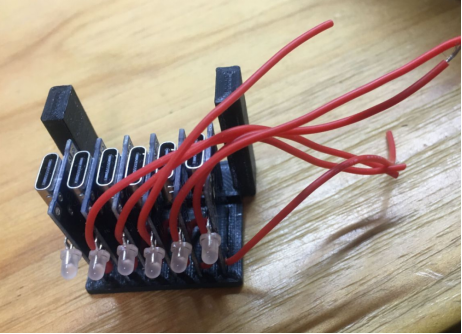
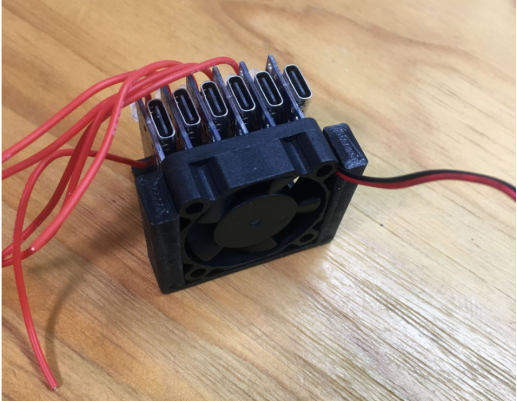
The frontal charging interface accommodates various battery configurations: one 6S, one 5S, one 4S, two 3S, and three 2S. Examination of the PCB reveals additional space for a 1S configuration.
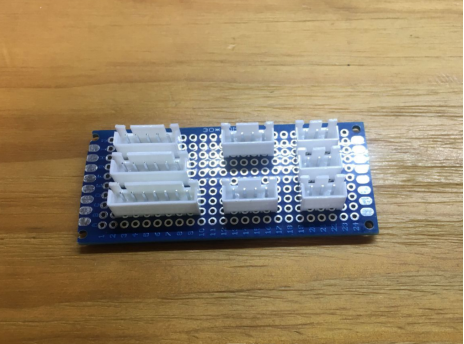
The rear panel integrates a 3010 fan slot, a user-friendly switch, and a convenient power socket.
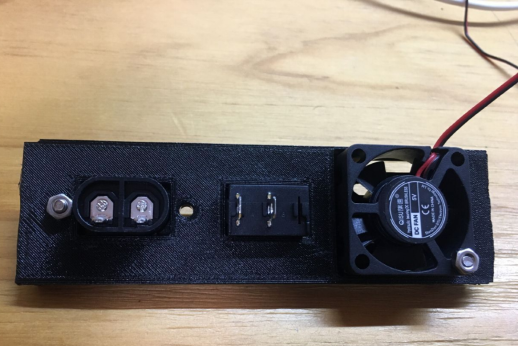
Implementing sound engineering principles, undertake the soldering and assembly process. Assemble the internal components as depicted in the accompanying illustration, incorporating supplementary 5V1A modules for both front and rear cooling fans.
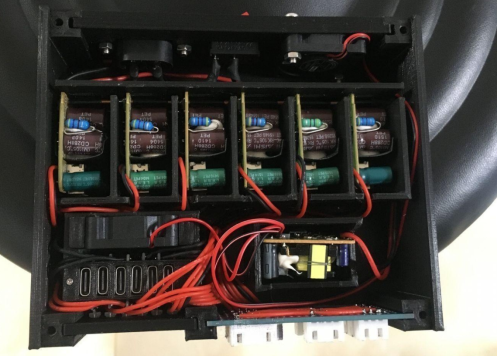
Front and rear views.
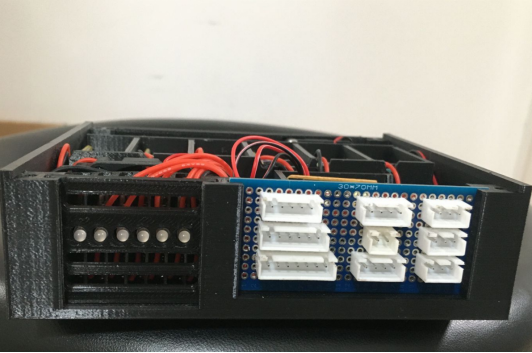

As well as overall front and rear views with the lid on.
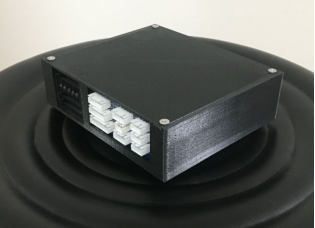

Verification of the system's functionality involves an initial power-up test, ensuring the illumination of all green indicator lights, indicative of normal operational status.
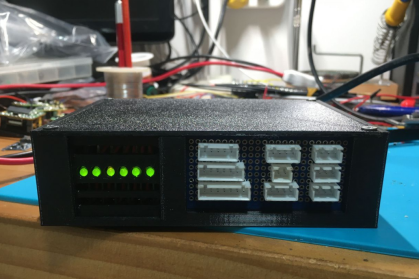
Validate the charging functionality by testing with a 2S battery pack to confirm proper charging.
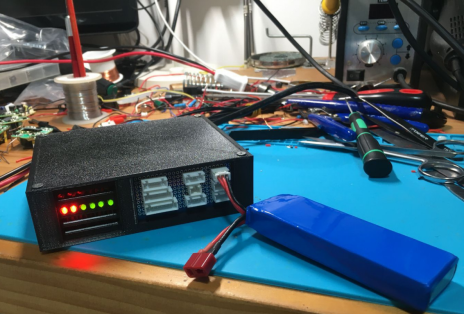
Evaluate the simultaneous charging capability by concurrently charging three 2S battery packs, ensuring seamless and efficient operation.
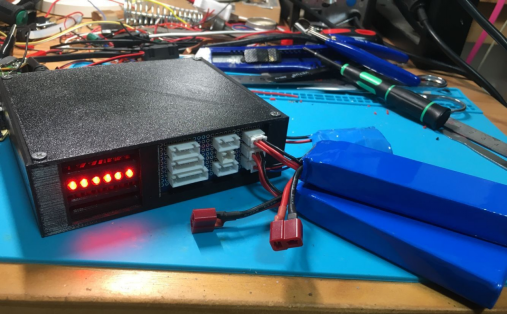
Upon achieving a complete charge for two T-plug 2S battery packs, conduct a voltage distribution test, affirming readings of approximately 4.192V, 4.188V, 4.200V, and 4.187V. These values fall within an acceptable range, attesting to the suitability of the system for routine use.




